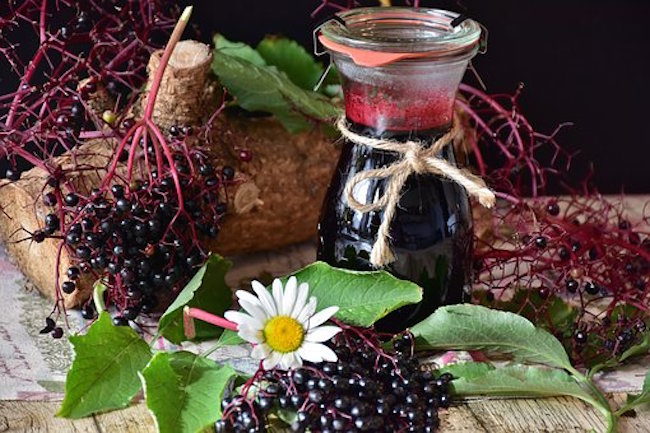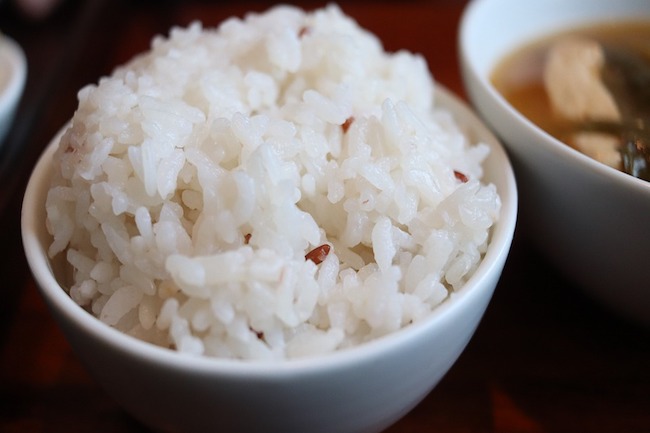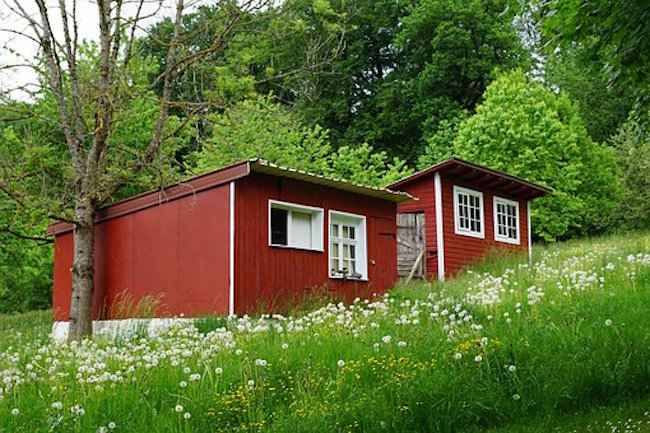8 Inexpensive Options for Small Space Gardening by Jayne Rising for The Organic Prepper
With many options for inexpensive small space gardening out there, attempts to grow food in an urban environment can be successful . With the possibility of famine looming due to the pandemic, fuel pipeline and meat processing plant hacks and drought, now is the time to seriously consider becoming a producer.
A big problem in urban agriculture is space, specifically horizontal space
House lots in the city tend to be small, and apartments & condos smaller still. Even houses in the suburbs don’t typically have forty acres of land to grow on or even a ten-acre hobby farm-type space.
My lot, for example, is 59 ft2, and my house sits on that. I estimate my yard space to be 1/4 of my lot size, not including setbacks. Since one person needs 4000 feet of garden space to grow enough vegetables for one year, there isn’t enough space on the average urban lot for traditional row gardening.
Support Our Site

Now is your chance to support Gospel News Network.
We love helping others and believe that’s one of the reasons we are chosen as Ambassadors of the Kingdom, to serve God’s children. We look to the Greatest Commandment as our Powering force.
So what is the solution?
Grow vertical! Since we don’t have the space to grow Out, grow Up
Adding trellises to your garden is an excellent option for small space gardening. And, it will increase your growing space exponentially!
Moreover, just about everything benefits from support; tomatoes, peppers, and everything that vines. Cucurbits such as cucumbers, melons, and pumpkins can vine to 6 feet or more. Tomatoes and beans will grow as tall as the space they have, especially pole beans.
By trellising, you give your plants the vertical space to grow and produce. Benefits of trellising include:
- Increased airflow, which cuts down on disease
- Keeps fruits off of the ground
- Easier to pick produce
- Easier to prune and harvest
- More plants will fit into the smaller space
- Increased exposure to sunlight
There are many kinds of trellises, made from a wide variety of materials. Forms vary from a simple string to teepees to A-frames and cattle panel. And all can be adapted to tight urban spaces.
String
Whether you use hemp twine, jute, or something else, string is cheap and easy to use for small space gardening. I run some string over my rain gutters and into my containers, and my plants love them. String might be a good option for apartment and condo dwellers who have a lanai or small porch. Always keep the weight of the vines plus the vegetables in mind, because too heavy can bring down a rain gutter. I use string for smaller things, such as beans and peas.
Chicken wire, aka poultry netting
This is a wonderful item to have around the homestead! It might even be one of the things that hold the universe together, along with duct tape. This is more of a raised bed solution; I stapled some 3’ wire to the side of my wooden garage in 2012 and staked it to the ground in a lean-to fashion. It’s still there, stable and solid. This trellis can support heavier items, such as cucumbers, squash, and melons.




